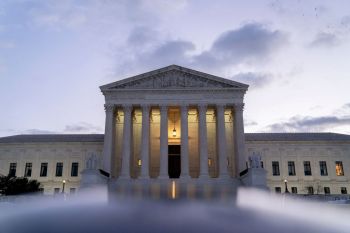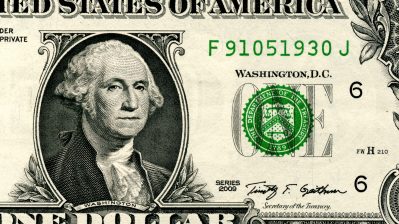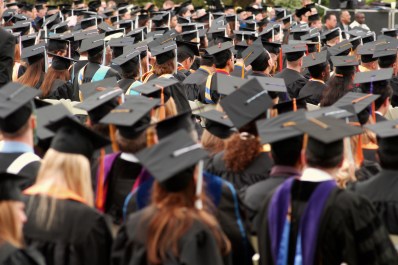
Student loans: It’s all about the payments

It’s that time of year again. College acceptances have been sent, students are deciding where to go, and families are figuring out how they’re going to pay for it. As new data from the U.S. Department of Education makes clear, families thinking about federal student loans need to consider not just how much money to borrow, but how they’re going to pay it back.
More than 3.5 million borrowers in the government’s main student-loan program are in default, and another 3 million are delinquent.
“There are serious problems and they are getting worse,” said Mark Kantrowitz, a financial aid expert with Cappex.com. “But they’re not yet really at a crisis level.”
Even so, the federal government is concerned that it could be losing billions of dollars on unpaid loans, and Kantrowitz says potential borrowers should be worried about defaults, too.
Students and families need to make sure they understand the terms of the loans they are accepting, he said “and project forward, if they continue to borrow at the same rate, what their debt will be, and their monthly payments will be when they graduate.”
Debbie Cochrane, from The Institute for College Access & Success, said there’s something else borrowers should consider.
“I think school-level default rates should be a very important indicator for families when they are considering which school to go to,” she said.
A high percentage of graduates unable to pay back their loans should signal to students considering that school that they should take a second look.
There’s a lot happening in the world. Through it all, Marketplace is here for you.
You rely on Marketplace to break down the world’s events and tell you how it affects you in a fact-based, approachable way. We rely on your financial support to keep making that possible.
Your donation today powers the independent journalism that you rely on. For just $5/month, you can help sustain Marketplace so we can keep reporting on the things that matter to you.


















